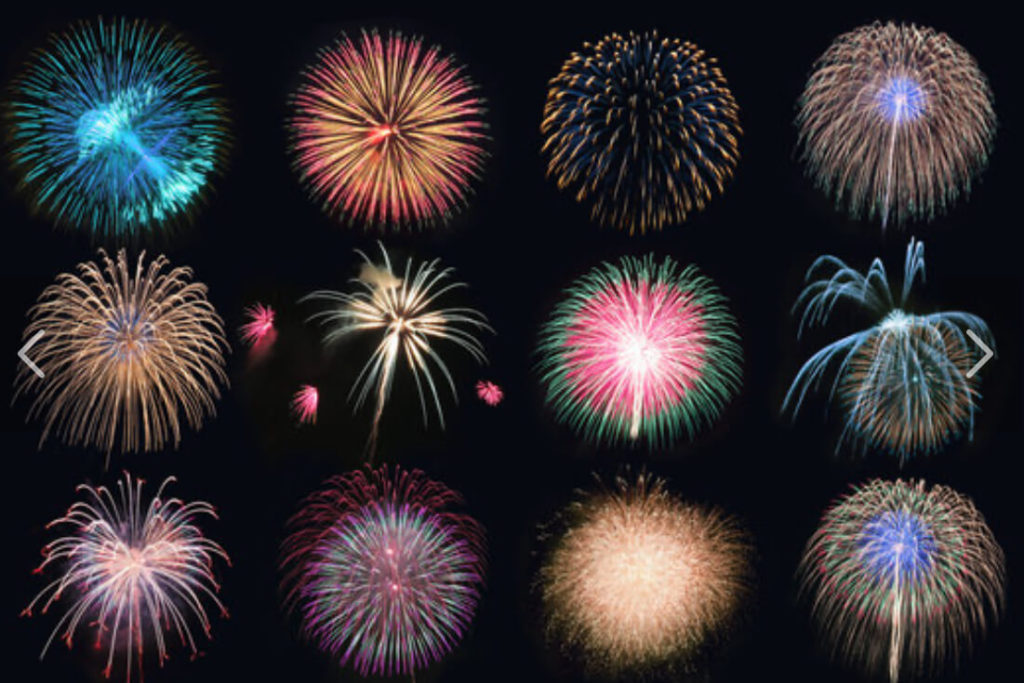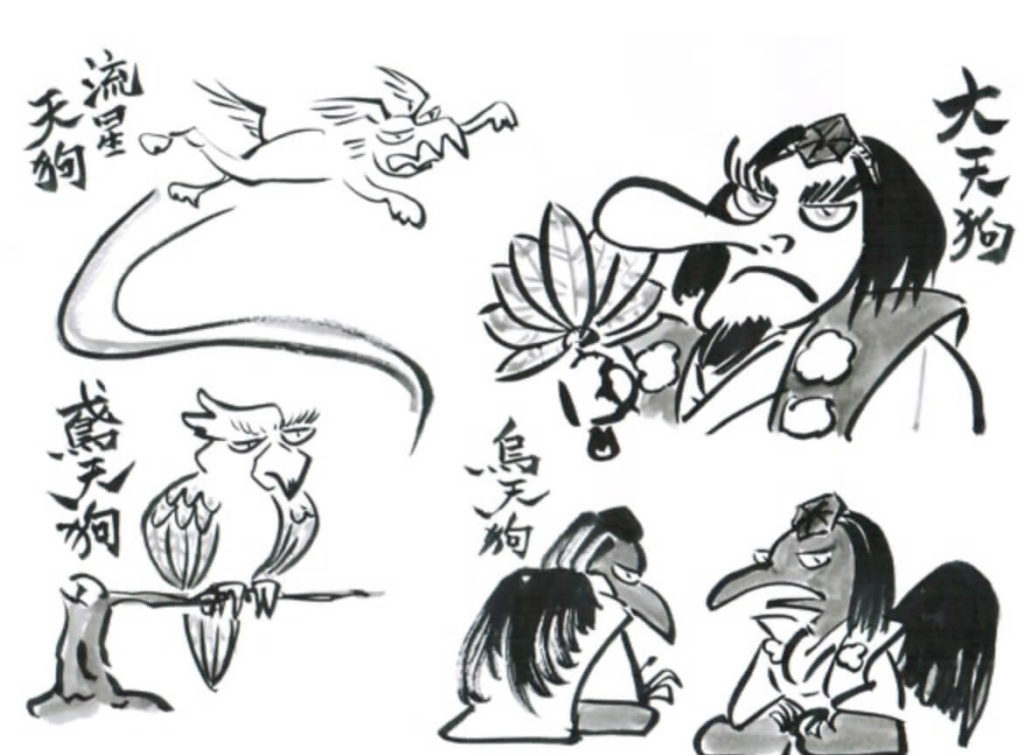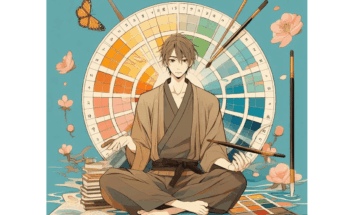Fireworks have a long history in Japan and are an integral part of many summer festivals. Firework festivals are a summertime tradition where people in Japan enjoy watching great works displayed in the night sky.
Fireworks vs hanabi (花火)
Fireworks are made from gunpowder which was invented in China and brought to Europe. Gunpowder is used as the weapon for wars, however, fireworks have been used as a celebration by making a loud explosion sound and the smoke of gunpowder to create a great impact on the audience. That is why the fireworks in Europe have a strong and dynamic image. Fireworks at Bastille Day in Paris and the piano piece “Fireworks” composed by Claude Debussy are good examples. It is said that C. Debussy, a French composer, tried to depict the fireworks at Paris through music.

Please check these links:
Bastille Day Paris
https://youtu.be/O41AY0uZ5hU
Evgeny Kissin – Debussy: Feux d’artifice (Fireworks)
https://youtu.be/eiPX0adeIaE
Rifles and gunpowder were introduced to Japan by the Portuguese in the mid-16th century. Since then, such firearms spread all over Japan and played a significant role in the civil wars.
Around the 1600s, fireworks, which were not weapons but displays or shows, were introduced to Japan from foreign envoys. Japanese people called this display “hanabi 花火,” literally meaning a flower represented by fire.
Hanabi gained great popularity and entertained a lot of people, but at the same time it caused a problem: a fire disaster. Since in Japan at that time, most of the buildings were made of wood. Hanabi sometimes caused a lot of fire disasters in Edo City (Tokyo). The Tokugawa Shogunate, the government at that time, had to control or ban the usage of gunpowder for guarding their city.

In 1733, the 8th Shogun Yoshimune (吉宗) ordered the Ekouin temple (回向院) to hold the Suijin Sai Festival (水神祭) with the intention of commemorating victims of disasters and diseases. The festival was used as a way to pay tribute to those who had suffered, and the hanabi (fireworks) were allowed to be used to commemorate them.

Since then, hanabi has been recognized as a Japanese summertime tradition. Through this history, hanabi became different from the European ones and developed into a great entertainment with somewhat bitter and sweet memories.


Please check this link:
https://youtu.be/3gIW82Z1MqM
An influence from Chinese culture


In China, fireworks were identified with bolide, an extremely bright meteor: a large shooting star.
People on the continent called this extraterrestrial body “Tenkou (天狗),” a dog roaring & falling from the sky, even bringing bad luck.
When this legend was inherited somewhat incorrectly, it was called Tenko(天狐) or Amakitsune, however, it was probably a mistake, and Tenko is not a shooting star or fireworks anymore. And Tenko means a fox in the sky, not a dog. There must be some religious syncretism. It is not logical, but its image is spreading.
Tenkou or Tenko means a creature from the sky acting as their avatars or messengers of deities, though Tengu (天狗)👺has no relation to a shooting star or fireworks. It is completely another mythology. The mix of history, folklore, and tradition can sometimes create unique dynamics that might seem unusual to modern sensibilities.
At Fushimi Inari Shrine in Kyoto, two foxes are the guardians of that place: one has a key in its mouth, the other has a sphere in its mouth. A sphere means virtue, and a key is a wish to obtain virtue. People in the Edo period adore the deities of shrines in general, so one of the famous hanabi creators named their company Kagi-ya(鍵屋), and their branch office was named Tama-ya (玉屋) after the items of the shrine. Kagi means key, and Tama means sphere in Japanese.

Kagi-ya and Tama-ya, two representatives of hanabi creators

to cheer and applaud their art
Kagi-ya started their business in 1659. Tama-ya was a branch office started in 1808. Both companies had been quite successful with their elaborate hanabi works.
At Suijin Sai Festival (水神祭), later called Sumida River Hanabi Festival, these two companies were responsible for this festival. The upper part of the Sumida River was Tama-ya’s area, and downstream was Kagi-ya’s area. When the Hanabi were launched one by one from each area, people used to yell, “Ta-ma-ya-!” or “Ka-gi-ya-!” to cheer and applaud them.
This hanabi competition suddenly came to an end because of a fire under suspicious circumstances in 1843. Tama-ya was responsible for that disaster, so they had to close their business. Since then, Kagi-ya have continued their business and keep the Sumida River Festival.
It is said that people in Edo City missed Tama-ya’s fabulous hanabi and had been yelling the phrase, “ta-ma-ya-!” even after Tama-ya disappeared. (We have rarely heard the phrase “Ka-gi-ya-!” at the hanabi festival even now.)
Distinction and resurrection of Japanese senko hanabi

Handheld hanabi were invented as toys, which can be handled even by children. It is also a tradition in summertime in Japan and widely accepted around this country.
Senko hanabi (線香花火) is one of the representatives of handheld hanabi.
It is very thin and looks like an incense stick called “senko (線香)” in Japan. Though this Hanabi is not quite exciting, it gradually changes its figure and depicts the transience of life. It is recognized as one of the Japanese summertime must-do items to enjoy.

Peony 👉 Pine needles 👉 Willow 👉 Falling chrysanthemum
When the mass production of hanabi from China which were quite inexpensive ones were widely accepted, many of the domestic producers of senko hanabi were forced out of business. Finally, in 1998, Japanese senko hanabi disappeared from the market.
However, in 2000, Mr. Tsunehiro Yamagata (山縣 常浩 :やまがた つねひろ), the owner of a firework wholesaler in Asakusa, restarted the domestic production of senko hanabi with great enthusiasm to keep and deliver our tradition toward the future generations.

Please check this link:
https://youtu.be/lMtdPmzl-lo
Final thoughts
Traditional Japanese firework displays often carry deeper cultural and symbolic meanings. The combination of prayers for those who have passed away and the depiction of the transience of life through the beauty of fireworks reflects the Japanese philosophy of appreciating the impermanence of existence.
Fireworks were used as a weapon, however in Japan, it goes beyond mere entertainment and is intertwined with spiritual and philosophical aspects.
Now we could say it is the art which reflects the heart of the creators and spectators.

National Tour Guide (English), Eiken Grade 1, TOEIC A rank. Have been studying and teaching English for over 30 years.





 HTJ has a YouTube page! Check it out
HTJ has a YouTube page! Check it out